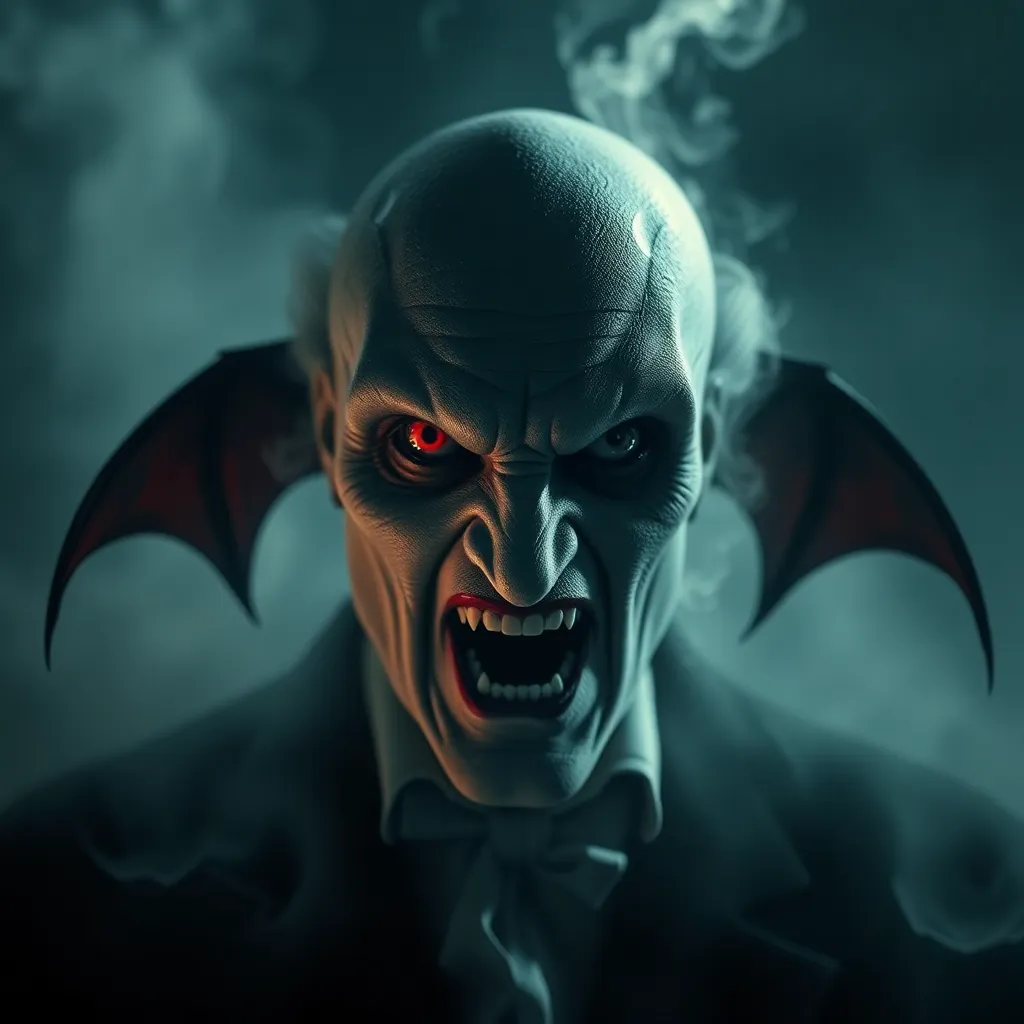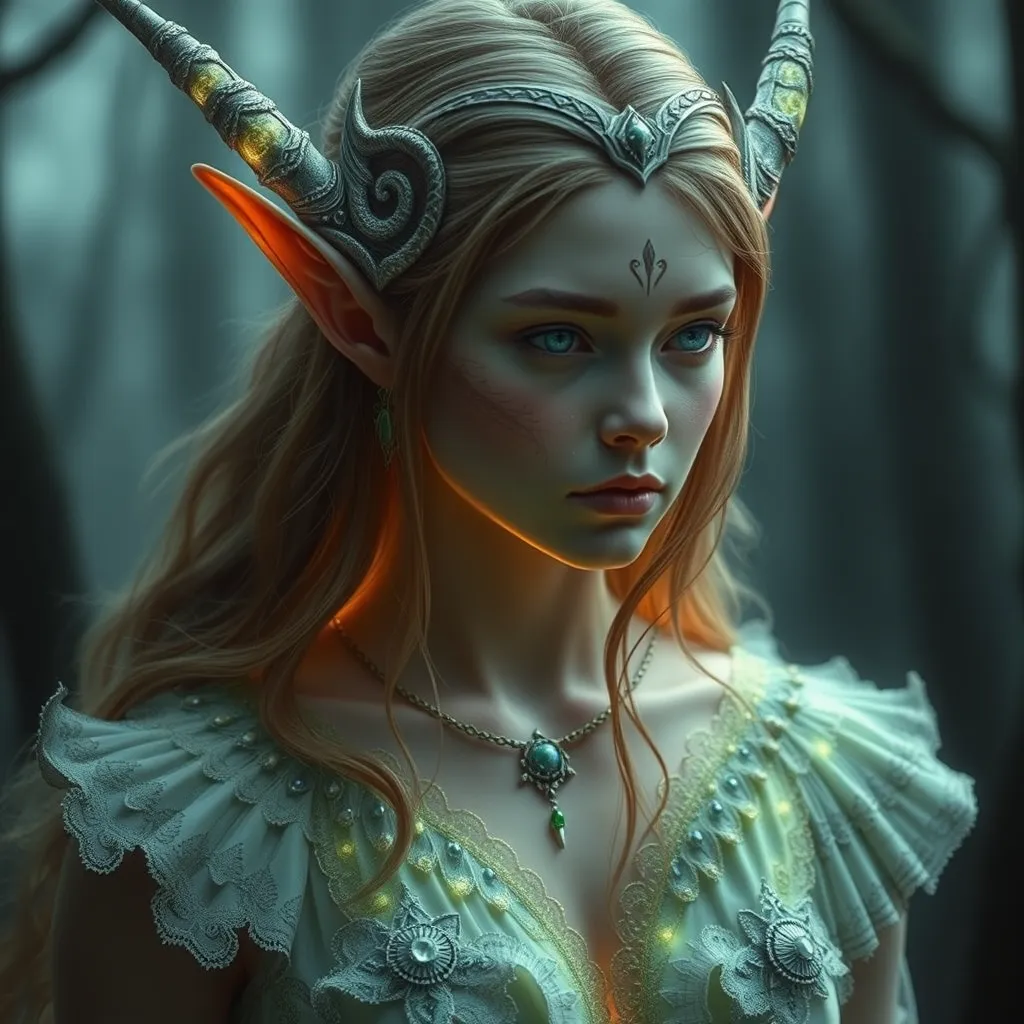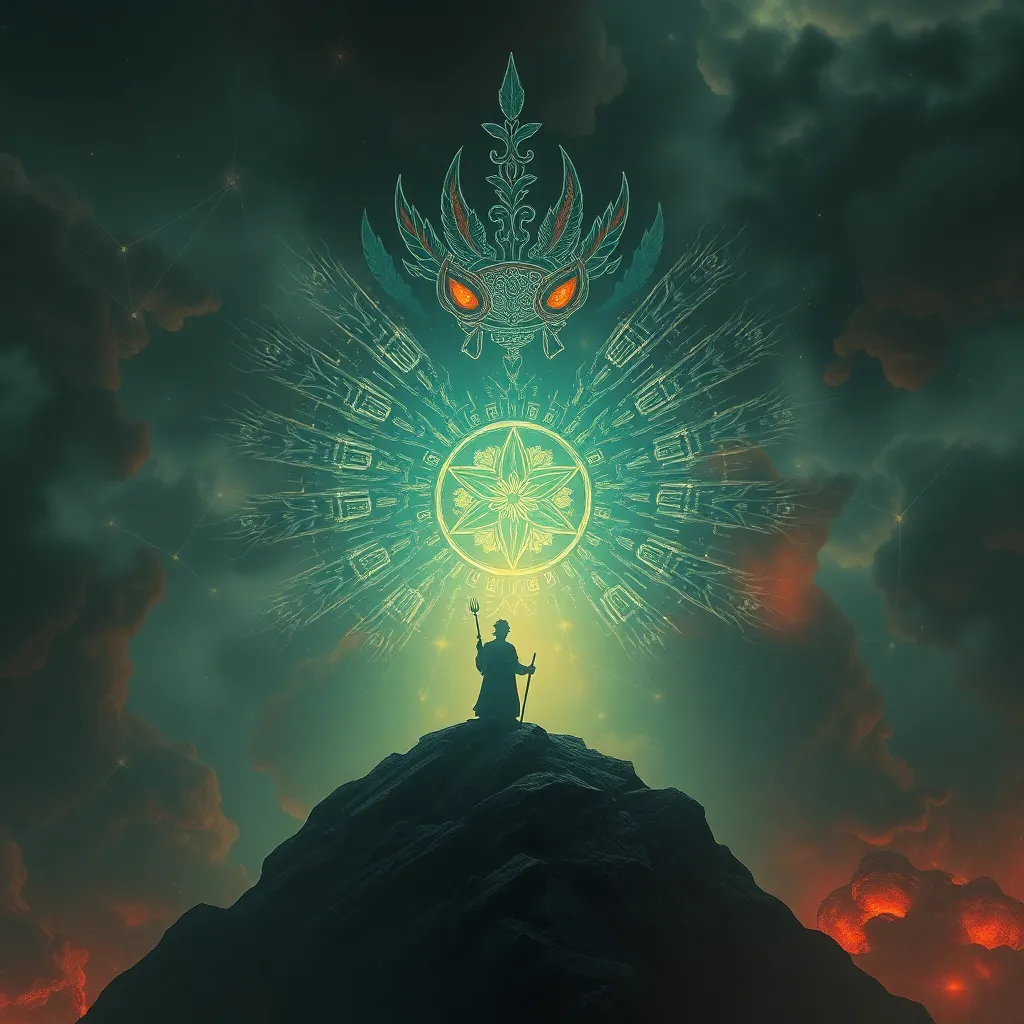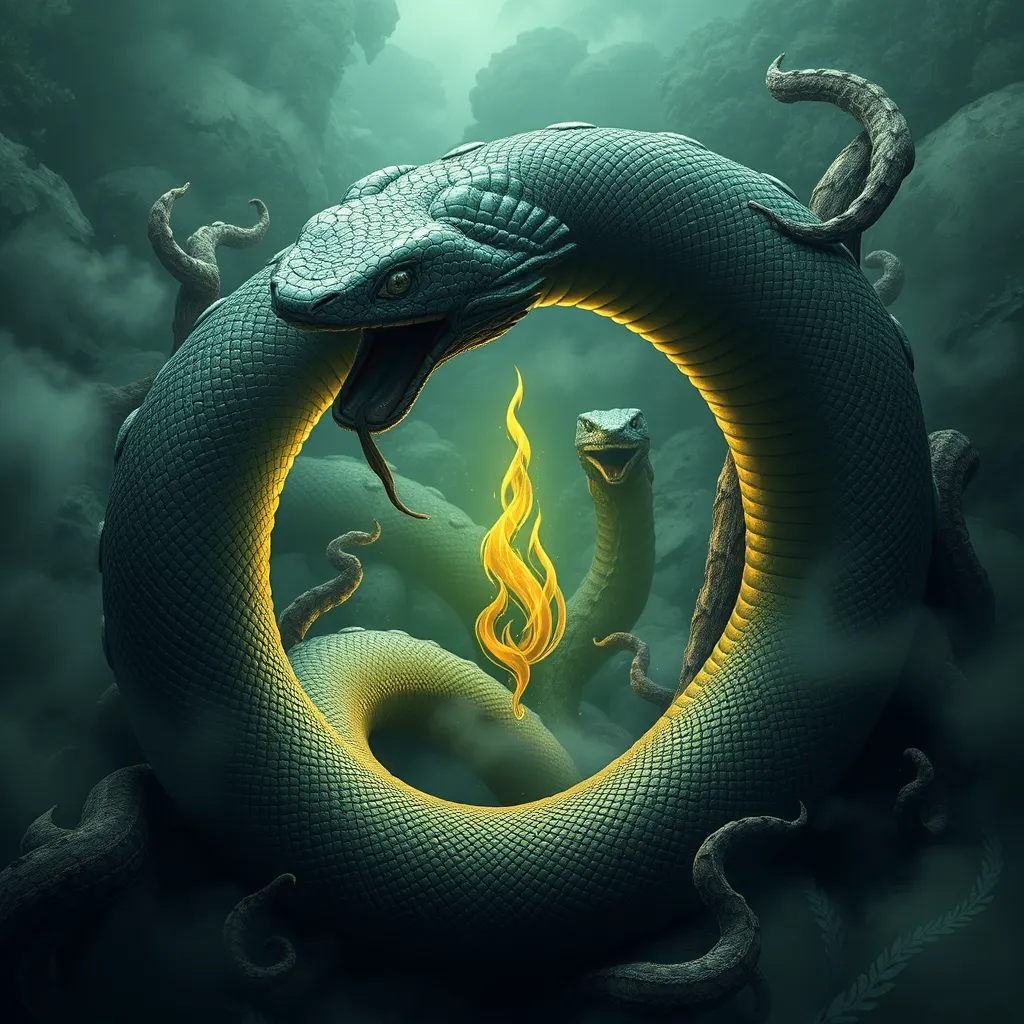Nosferatu’s Legacy: Examining the Vampire in Bram Stoker’s Dracula
I. Introduction
The 1922 silent film Nosferatu</, directed by F.W. Murnau, holds a significant place in the annals of horror cinema. As an unauthorized adaptation of Bram Stoker’s novel Dracula, it set a precedent for how vampires would be depicted in film and literature for decades to come. Nosferatu introduced audiences to a new kind of horror, characterized by its eerie visuals and unsettling atmosphere, which profoundly influenced the genre.
Bram Stoker’s Dracula, published in 1897, revolutionized vampire lore, establishing many conventions that would define vampire stories in the future. Stoker’s portrayal of Count Dracula has become synonymous with the vampire archetype. This article will analyze how Nosferatu shaped the representation of vampires in Dracula and the broader horror genre, highlighting the connection between these two pivotal works in the evolution of vampire mythology.
II. The Origins of Nosferatu
Nosferatu emerged in the early 20th century, during a time when expressionist filmmaking was gaining traction in Germany. The film was created by a team led by director F.W. Murnau and producer Albin Grau, who sought to adapt Stoker’s work while circumventing copyright issues by altering character names and plot details.
Key themes and motifs introduced in Nosferatu include:
- The fear of the unknown and the foreign.
- The juxtaposition of light and shadow, creating an unsettling atmosphere.
- The idea of a vampire as a creature of disease and decay.
The character of Count Orlok, portrayed by Max Schreck, represents a stark departure from traditional vampire archetypes like that of Dracula. Orlok is depicted as a grotesque figure, characterized by his rat-like features, long fingers, and a pallid complexion. This physical representation evokes a sense of dread and horror, contrasting sharply with the seductive charm often associated with Dracula.
III. Bram Stoker’s Dracula: A Cultural Phenomenon
Dracula tells the story of Count Dracula’s attempt to move from Transylvania to England, where he seeks to spread the undead curse and seduce young women, particularly Lucy Westenra and Mina Harker. The novel is rich with themes of sexuality, fear of the outsider, and the clash between modernity and ancient evil.
Stoker’s work is a reflection of Victorian anxieties, including:
- The fear of sexual liberation and the role of women in society.
- Concerns surrounding immigration and the influence of foreign cultures.
- The threat posed by disease and degeneration.
Stoker’s influence on the vampire mythos is profound; he established many conventions that have persisted in vampire literature and film, including the vampire’s ability to transform, their aversion to sunlight, and their connection to themes of seduction and danger.
IV. Comparative Analysis: Nosferatu vs. Dracula
When comparing Nosferatu and Dracula, one can observe distinct differences in the characterization of vampires in both works:
Characterization of Vampires in Both Works
- Count Orlok: A monstrous figure, more representative of death and decay than seduction.
- Count Dracula: Charismatic and alluring, embodying both danger and charm.
The physical appearance and behavior of the two vampires also differ significantly. Orlok’s unsettling appearance, accentuated by his sharp teeth and gaunt features, evokes a visceral fear. In contrast, Dracula’s suave demeanor and captivating presence engage the audience’s fascination and desire, demonstrating the duality of attraction and repulsion.
Additionally, the themes of seduction and fear are prevalent in both narratives, but they manifest differently. While Nosferatu emphasizes the terror of the vampire as a disease, Dracula explores the allure of the vampire as a seducer, creating tension between desire and horror.
The use of visual and literary techniques to evoke horror also varies. Nosferatu utilizes shadow and light to create a haunting atmosphere, while Stoker employs epistolary narrative techniques to build suspense and develop character perspectives.
V. The Evolution of the Vampire Archetype
Nosferatu has had a lasting impact on subsequent vampire films and literature, influencing the portrayal of vampires as both grotesque and tragic figures. Its unique visual style and thematic depth established a foundation for later works in the genre.
Conversely, Dracula has been adapted and reinterpreted numerous times, leading to various portrayals of the vampire archetype, from the romanticized versions seen in modern adaptations to the more monstrous representations reminiscent of Orlok.
The ongoing influence of both Nosferatu and Dracula can be seen in contemporary vampire narratives, which continue to explore themes of sexuality, power, and the human condition, often blurring the lines between horror and romance.
VI. Symbolism in Nosferatu and Dracula
Both Nosferatu and Dracula serve as rich texts for exploring societal issues through their vampire characters. The vampire is often seen as a metaphor for:
- Disease: Both works depict the vampire as a harbinger of plague and corruption.
- Degeneration: The vampire embodies the fear of social and moral decay.
- Sexuality: Vampires challenge sexual norms, representing taboo desires and the fear of the other.
These themes reflect the fears and anxieties of their respective eras, with Nosferatu emerging during a time of post-war uncertainty and Dracula reflecting Victorian concerns about sexuality and modernity.
VII. Critical Reception and Legacy
Upon release, both Nosferatu and Dracula received mixed responses. While Dracula was met with some criticism for its sensationalism, it quickly became a bestseller and established itself as a classic. Nosferatu, on the other hand, faced legal challenges due to its unlicensed adaptation but has since been recognized as a landmark in cinematic history.
The long-term impact of both works on the horror genre and pop culture is undeniable. They have inspired countless adaptations, parodies, and reinterpretations, solidifying their status as foundational texts in vampire lore.
Modern scholarship continues to analyze both works, examining their cultural significance and the evolution of the vampire archetype through various lenses, including psychoanalysis, feminism, and cultural studies.
VIII. Conclusion
In conclusion, Nosferatu‘s influence on the vampire mythos in Dracula is profound, demonstrating how one work can shape the interpretation and representation of characters in another. Both Nosferatu and Dracula have left an enduring legacy in horror literature and film, establishing conventions that continue to resonate today.
The evolution of the vampire archetype reflects changing societal fears and desires, making it an ever-relevant subject in contemporary narratives. As we continue to explore the complexities of the vampire mythos, we are reminded of the rich history and cultural significance of these two iconic works.




